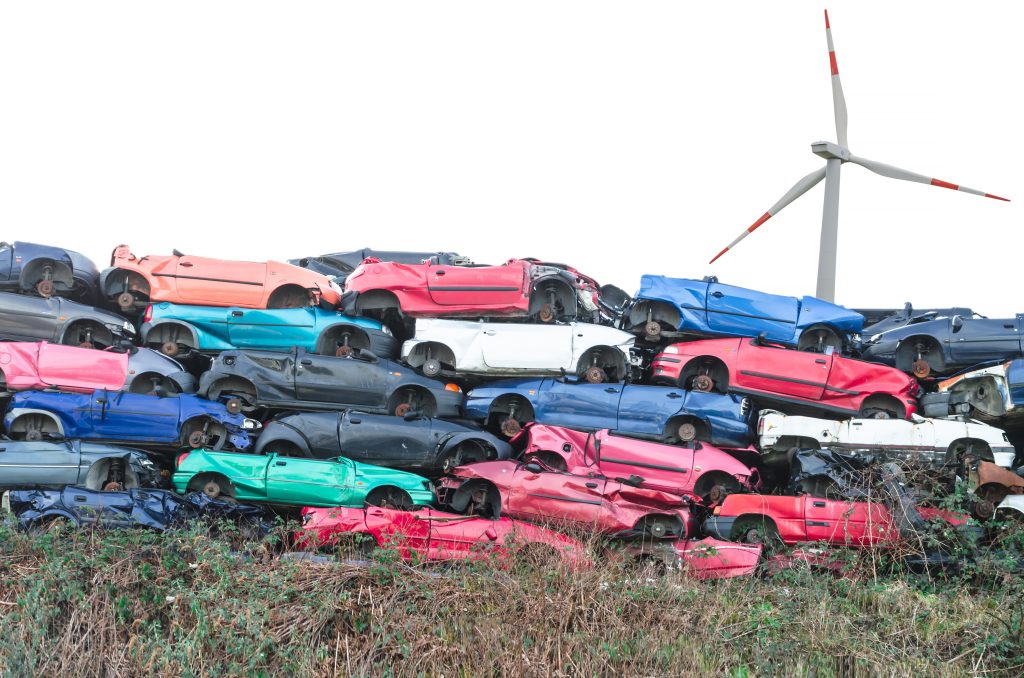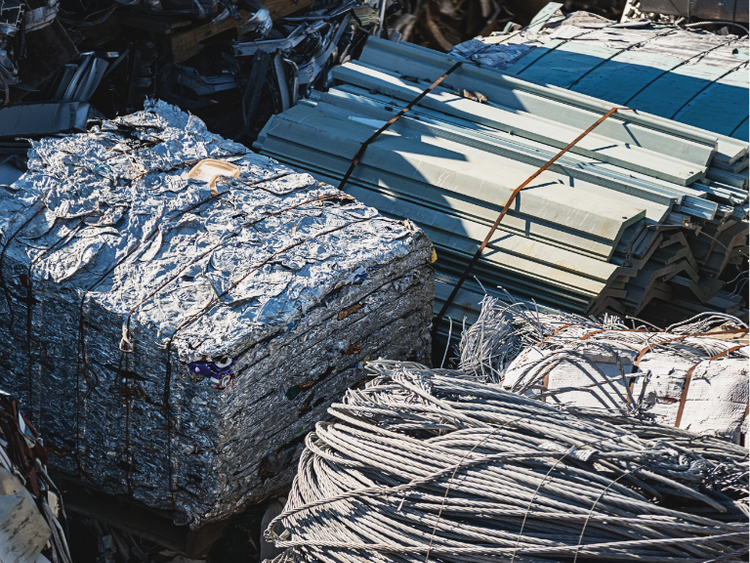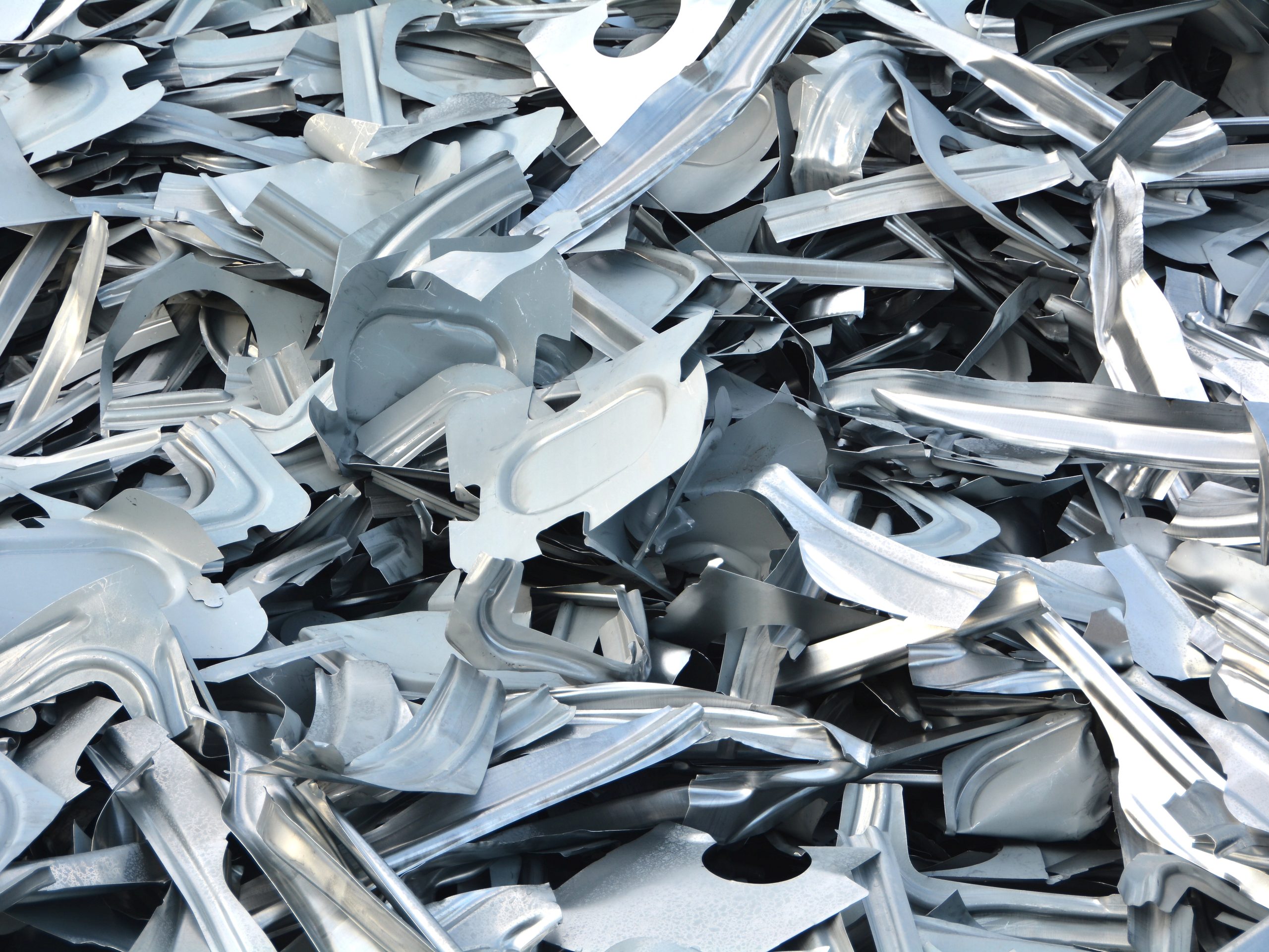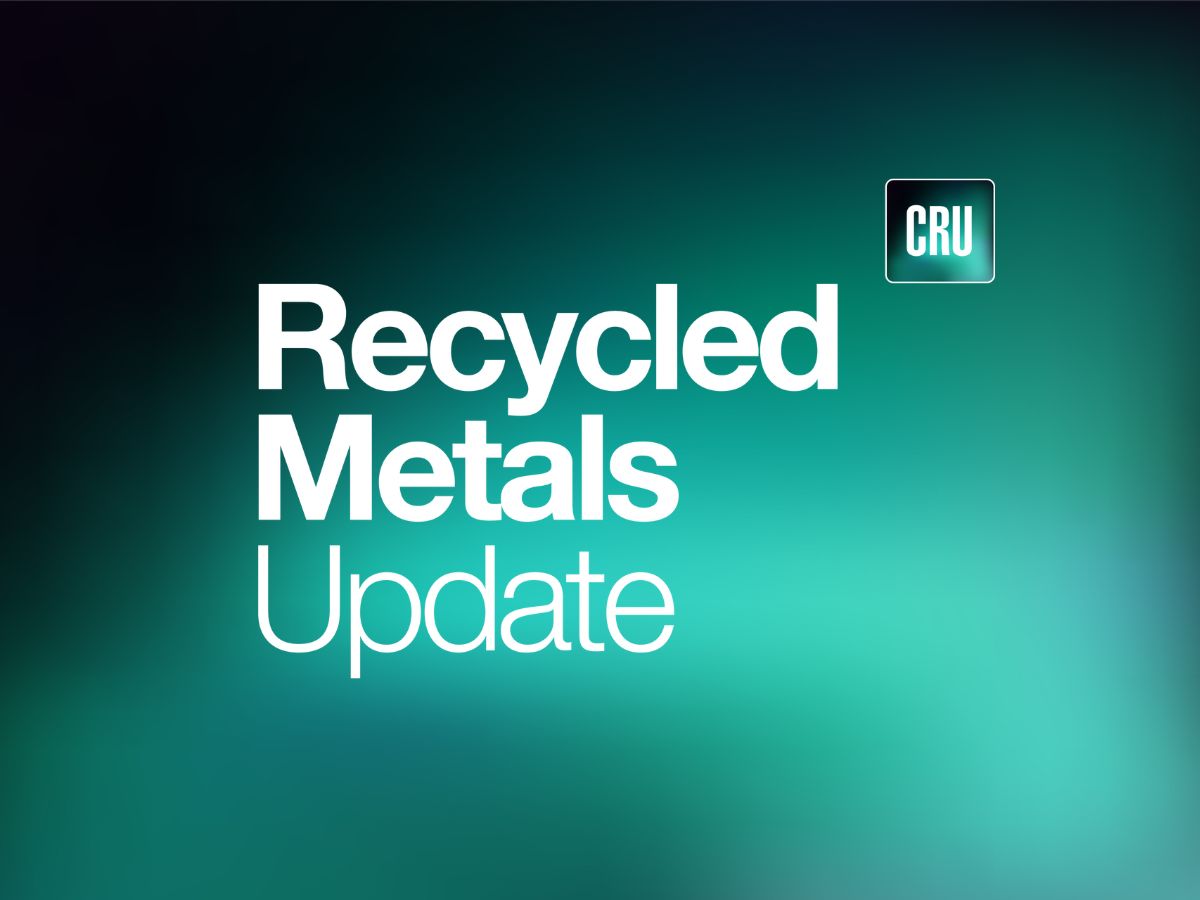Scrap Processors

June 11, 2024
Peterson: With more EAFs in play, which feed will rise to the top?
Written by Ray Peterson
As I have been watching steel scrap prices rise and fall over the last number of years I have noticed a few things that I think might be important as we move forward and the steel industry becomes more dependent upon Electric Arc Furnaces.
When I got to Pittsburgh in January 1974, the steel industry was dominated by the integrated mills. There were even open hearth furnaces still melting at that time. As the EPA flexed its muscle and began to shut down coke batteries, the electric furnaces began their rise. EAFs were few and far between but now they represent approximately 70% of domestic capacity.
The favorite scrap feed for EAFs has become shredded scrap for several reasons such as its ability to be automatically charged, to fill voids in the furnace, and to melt rapidly. The name of the game is to reduce tap-to-tap times and shred is a major player in that game. Things like #1 busheling and #1 bundles have lost favor because you have to lift the top of the furnace to charge them, they don’t melt as fast, and bundles have a habit of breaking electrodes.
If you have been paying attention, you will notice that the price of shred is getting very close to #1 busheling and #1 bundles in most markets, and the mills pushed prime scrap down as much as $40/gt or $50/gt in June while being relatively gentle with shred at down $20/gt.
Of course prime scrap still has an analytical advantage over shred. “Scrap substitutes” are significantly more expensive than even prime scrap, but it seems that the mills might be getting a bit nervous about the availability of good shredded scrap going forward, hence the more modest price reduction.
Shredder feed comes primarily from peddlers dragging stuff across the scale at the local dealer or from auto wreckers. Both sources are sensitive to pricing. Scrappers hate high fuel prices for their pick-up trucks and low prices across the scales. Auto wreckers have already made their profits from selling parts, so they are willing to sit on the hulks if the prices are not attractive. They are essentially selling the “squeal out of the pig” when somebody comes in and flattens the hulks and drags them off.
HMS #1 has fallen out of favor at a number of mills recently so I am sure a portion of that grade ends up in shredders but by the time you add on the processing cost, it becomes a significantly more expensive grade.
So, what do I see on the horizon? Essentially equality between shred and prime scrap pricing for the foreseeable future.
Shredding has not been the most profitable business the past few years so the mills have to protect their favorite source of scrap. You might have noticed that a couple of the bigger EAF owners also own scrap yards and shredders so they know what it costs to produce their preferred grade.
It is hard to imagine prime scrap being shredded but if the pricing adjusts down the road, it could certainly happen despite the added cost. It would certainly sweeten the quality of most shredded scrap and might save some money spent on pig iron or DRI.
It is just my opinion, and I could be wrong, but we will see.





